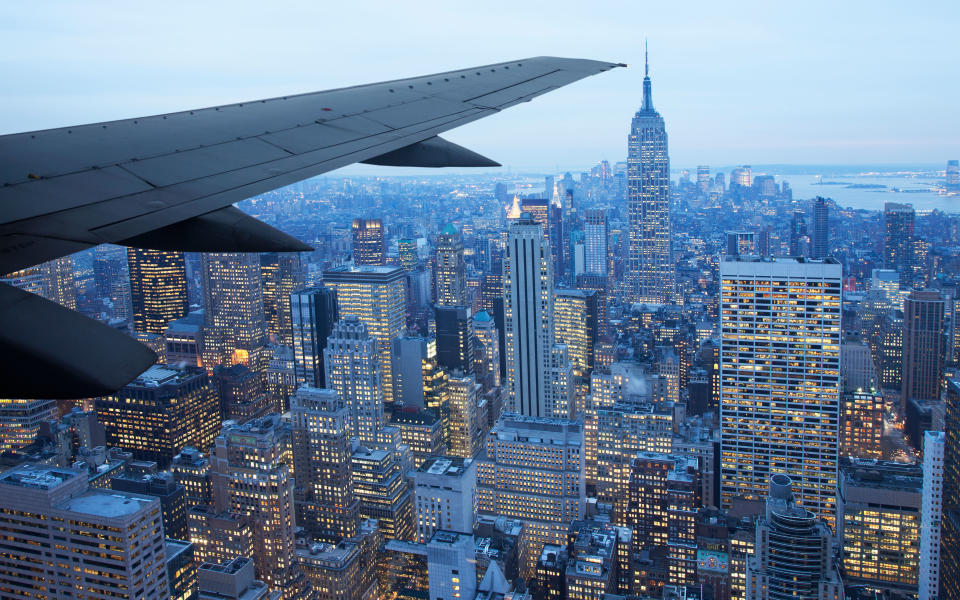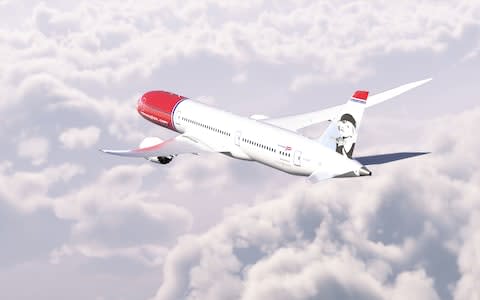BA loses transatlantic time record to Norwegian thanks to ferocious jet stream

A new record for the fastest transatlantic flight in a subsonic aircraft has been set after a Norwegian Dreamliner rode a strong jet stream from New York to London.
Flight DY7014 from John F Kennedy International to Gatwick completed the 3,470-mile journey in just five hours and 13 minutes, shaving 30 minutes off the average duration and stealing three minutes off the previous record set by British Airways in January 2015.
The Boeing 787 Dreamliner operated by the low-cost carrier on Monday reached a top speed of 776 miles per hour (mph) as it surfed winds of up to 202mph. It left New York at 11.44am local time and arrived in London at 9.57pm GMT. Captain Harold van Dam at the controls said that the flight might have been even shorter had turbulence not slowed the aircraft.
Data from FlightRadar24.com shows the aircraft reaching 649 knots (745 mph) before it enters the oceanic flight stage, for which there is no data.

Norwegian, which operates daily flights between London and New York on its new 787 Dreamliners, allocates six and half hours for the service, meaning passengers on Monday arrived over an hour early.
A Norwegian flight the previous day took just five hours and 20 minutes reaching a top speed of 779mph.

Anyone flying into the UK earlier this week would have felt the strength of the jet stream on the approach as the high winds caused turbulence in northern Europe.
Pilots have long used jet streams - which flow across the globe from west to east - to cut journey times and save fuel. But at only 10 miles across and about 2000 feet deep it takes skill, planning and a bit of luck to ride one for an entire route.
In 2015, British Airways (BA) operated a Boeing 777 that took just five hours and 16 minutes to cross the pond.
In October 2016, Air India used tailwinds to fly a longer Pacific route from Delhi to San Francisco faster than the other way round. Despite an additional 1,400 kilometres (870 miles) travelled, the journey time was cut by two hours thanks to a 86mph tailwind.
The fastest transatlantic crossing of course belongs to a supersonic aircraft, when on February 7 1996 a BA Concorde flew from New York to London in just two hours 52 minutes and 59 seconds, hitting a top speed of 1,350mph.
Passenger jets traditionally travel at about 80 per cent the speed of sound, which, at sea level, is 767mph.

